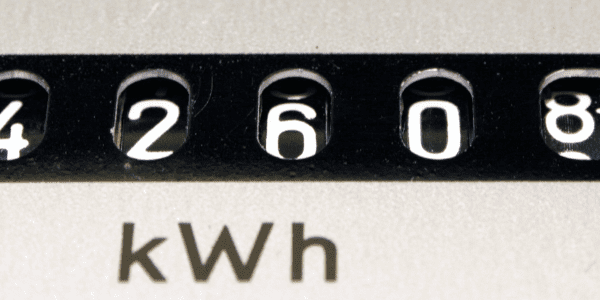
Energy efficiency (EE) programs operated by utilities are funded by tariff (utility bill) riders[1]. However, some customers prefer to opt-out of such programs and avoid paying the EE riders. This happens for a variety of reasons: customers have their own energy efficiency plans; customers feel utility-run programs do not meet their needs; or customers do not get equal financial benefits for the cost they contribute.
Though large energy customers can help make an EE program portfolio cost effective, a handful of states have opt-out provisions for large customers with energy usage or demand over a certain threshold. Other utilities offer “self-direct” options to allow customers to direct the use of their own money to meet specified goals. Instead of paying the EE rider fees to the utility directly, participating customers may instead use the rider fees themselves and apply the funding directly into their own energy efficiency projects. These self-direct programs, in some cases, allow utilities to claim those savings in their EE program portfolio. The problem? These kinds of programs vary wildly between states; once you know one state’s programs, you have 49 more to learn about. Join us, won’t you, on a brief tour of the opt-out and self-direct landscape.
Never Going Back Again (to Riders)
In the U.S., 26 states have at least one utility that offers some form of either opt-out or self-direct options for large customers.[2] Of these states, 10 allow customers with energy usage above a certain threshold to opt-out of paying riders and participate in energy efficiency programs. Opt-out eligibility varies greatly between states. North Carolina allows customers with over 1,000,000 kWh of annual usage to opt-out of paying riders or get program benefits. Customers in Texas that take electricity at the transmission level are automatically opted out.
Go Your Own Way (for Efficiency)
Of the 26 states mentioned, the remaining 16 have self-direct programs for large customers. Depending on the state, self-direct programs either allow customers to claim exemption from paying riders entirely, or to claim credit and be reimbursed for rider fees. In either case, self-direct programs require participating customers to provide documentation of energy savings and are subject to evaluation of each project. As with opt-out programs, self-direct programs vary significantly between states and even between utilities within states. For instance, Ohio energy customers that use above 700,000 kWh per year may request an exemption from paying riders. Similarly, New Mexico electricity customers can enroll in a self-direct program if their usage is above 700,000 kWh per year, but can only claim credit for 70% of the rider fees paid.
Don’t Stop (Developing Programs)
Program administrators, who want to stave off customer opt-out movement, need to provide value to their large customers. That should take the form of energy efficiency expertise and services to large energy users, and robust programs that easily allow them to get as much incentive cash out as they pay in each year. The alternative looks like a strong case to institute an opt-out clause, weaker customer relationships, and fewer resources to run energy efficiency programs. In the end, all stakeholders win when large users benefit from efficiency programs.
[1] Riders include incremental energy charges including those for low-income assistance, fuel cost adjustments, and of course, efficiency programs.
[2] Special thanks to ACEEE for maintaining a list of current opt-out and self-direct programs across the country, referenced several times during the writing of this brief: http://database.aceee.org/state/self-direct





